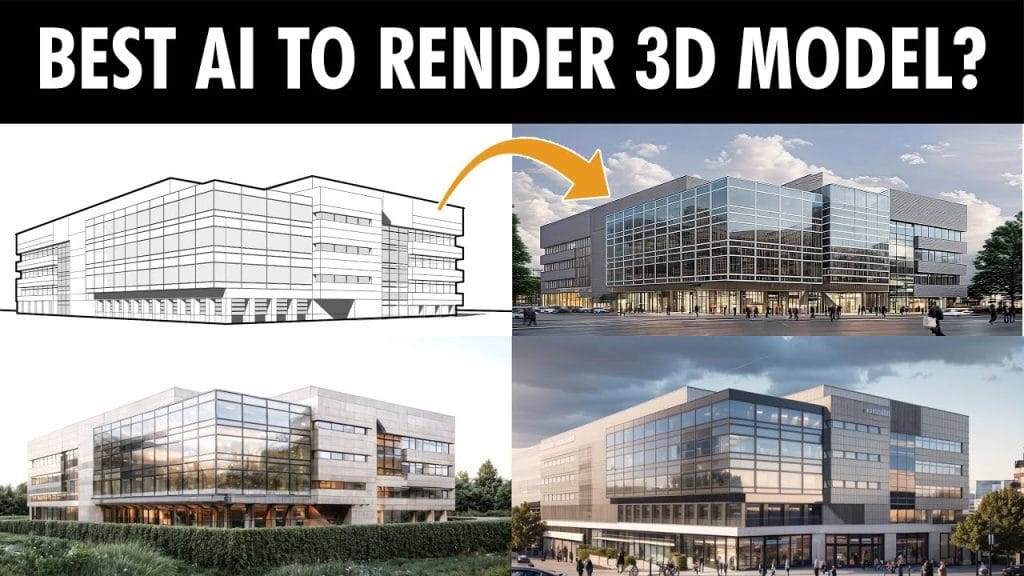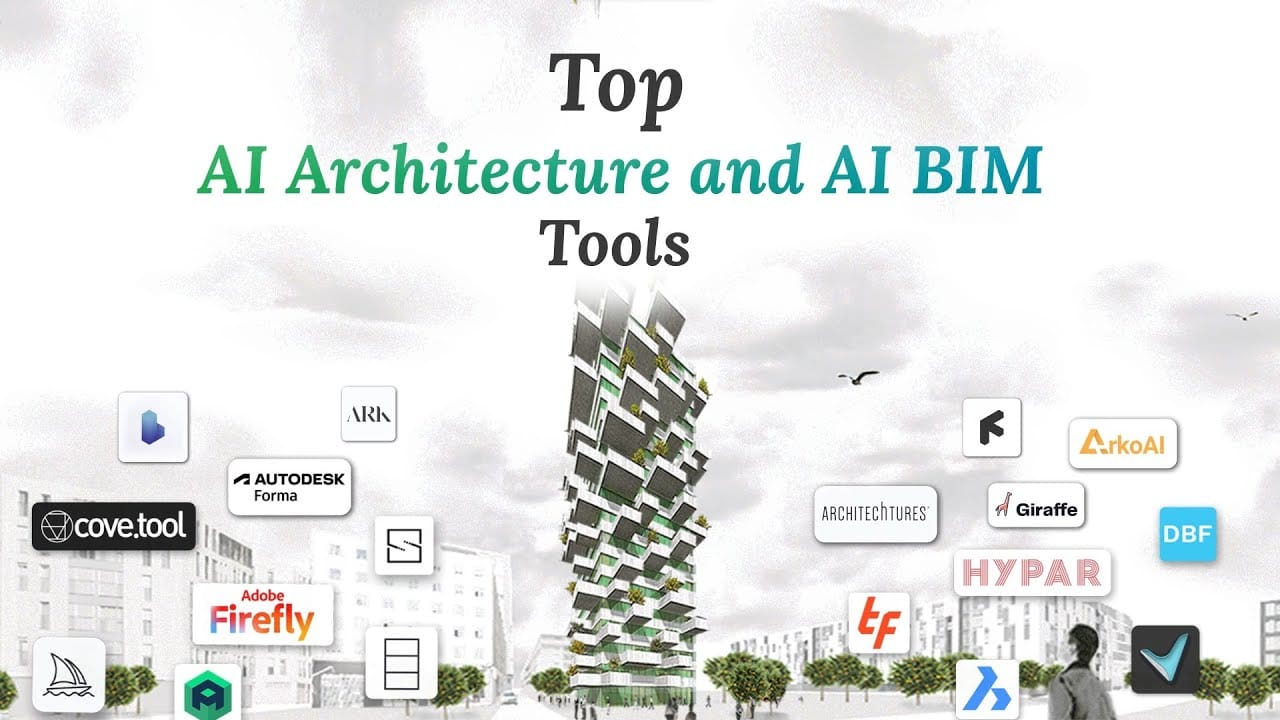Artificial intelligence (AI) is transforming industries, from healthcare and finance to automation and cybersecurity. However, to ensure AI tools operate efficiently, optimized architecture is crucial. Optimized architecture on AI tools improves processing speed, resource allocation, scalability, and overall performance, making AI solutions more practical and effective.
In this article, we will explore the importance of optimized architecture in AI tools, the key components, strategies for optimization, and its impact on AI-driven applications.
Understanding Optimized Architecture in AI
What Is Optimized Architecture in AI Tools?
Optimized architecture refers to the design, structure, and configuration of AI systems to ensure maximum efficiency, accuracy, and scalability. AI tools need a well-structured framework to process massive datasets, train machine learning models, and perform complex computations efficiently.
Why Does AI Require an Optimized Architecture?
Without an optimized architecture, AI tools consume excessive resources, perform inefficiently, and struggle with scalability issues. Optimized architecture helps AI tools:
- Reduce computational load and improve response time.
- Enhance model training speed and accuracy.
- Minimize power consumption and costs.
- Scale effectively to handle increasing workloads.
Key Components of an Optimized AI Architecture

AI Model Optimization
AI models must be structured efficiently to prevent overfitting, underfitting, and unnecessary complexity. Techniques like model pruning, quantization, and knowledge distillation improve AI model performance while reducing computational demands.
Data Pipeline Efficiency
AI tools rely on huge datasets for training and inference. An optimized data pipeline ensures:
- Faster data preprocessing and cleaning.
- Efficient feature selection and extraction.
- Reduced memory usage and latency.
Hardware Acceleration
AI workloads require specialized hardware to enhance efficiency. Optimized AI architectures integrate:
- GPUs (Graphics Processing Units) for parallel processing.
- TPUs (Tensor Processing Units) for machine learning acceleration.
- Edge AI devices for on-device AI computations.
Distributed Computing Frameworks
AI tools handle massive computations that benefit from distributed computing. Using frameworks like Apache Spark, TensorFlow Distributed, and Kubernetes, AI architectures can:
- Scale workloads across multiple servers.
- Optimize processing speed through parallel execution.
- Enhance fault tolerance and reliability.
Strategies to Optimize AI Architecture

Model Compression for Efficiency
AI models can become resource-intensive and slow. Techniques such as:
- Pruning: Removing unnecessary neurons from neural networks.
- Quantization: Reducing model precision without sacrificing performance.
- Knowledge Distillation: Training a smaller model using insights from a larger model.
These strategies reduce model size while maintaining high accuracy.
Optimized Data Handling
Data optimization is crucial for speed and accuracy in AI tools. Effective data management includes:
- Reducing redundant data processing steps.
- Utilizing efficient data storage formats (Parquet, ORC).
- Leveraging batch processing over real-time streaming where applicable.
Leveraging Edge Computing for AI
Rather than relying solely on cloud computing, AI architectures can benefit from edge computing by:
- Processing data closer to the source (IoT devices, sensors).
- Reducing latency and bandwidth usage.
- Enhancing AI applications in real-time decision-making (autonomous vehicles, robotics).
Cloud-Based AI Optimization
Cloud providers like AWS, Google Cloud, and Microsoft Azure offer AI-optimized solutions. AI architectures benefit from:
- Auto-scaling capabilities for handling workload variations.
- Serverless computing to reduce costs.
- Integration with cloud AI services (AutoML, AI pipelines).
The Impact of Optimized AI Architecture on Different Sectors
Healthcare: Faster and More Accurate Diagnoses
AI-powered medical diagnostics rely on optimized architectures to:
- Process medical images (MRI, X-rays) efficiently.
- Analyze patient data for personalized treatment.
- Enhance drug discovery through faster simulations.
Finance: Real-Time Fraud Detection
AI in finance requires optimized architectures for:
- Detecting fraudulent transactions instantly.
- Analyzing market trends for algorithmic trading.
- Enhancing security in banking applications.
E-commerce: Personalized Recommendations
Retail AI tools use optimized architectures to:
- Process user behavior data for better recommendations.
- Optimize supply chain logistics through predictive analytics.
- Improve chatbot response times with AI-driven customer support.
Cybersecurity: AI-Powered Threat Detection
Optimized AI architectures enhance security tools by:
- Detecting cyber threats in real-time.
- Analyzing network traffic patterns for anomalies.
- Reducing response time to security breaches.
Challenges in Optimizing AI Architecture
Computational Costs
Optimizing AI architecture often requires high-end GPUs, TPUs, and cloud resources, which can be expensive. Balancing performance and cost is a challenge.
Data Privacy and Security
Handling large-scale data requires secure and compliant architectures to prevent unauthorized access and data breaches.
Complexity in Scaling AI Systems
As AI applications grow, managing distributed computing environments and scaling models efficiently becomes more complex.
Maintaining Model Accuracy
While optimizing AI models for speed and efficiency, accuracy can sometimes be compromised, requiring careful tuning.
Future Trends in AI Architecture Optimization

AI-Driven Model Optimization
New AI algorithms are being developed to self-optimize architectures and adjust resource allocation dynamically.
Quantum Computing for AI
Future AI architectures will leverage quantum computing to process vast datasets and enhance machine learning efficiency.
Federated Learning for Secure AI Training
Federated learning allows AI models to be trained across multiple decentralized devices without sharing raw data, improving privacy.
Energy-Efficient AI Models
With growing concerns about energy consumption, AI models will be optimized for lower power usage while maintaining performance.
Final Thoughts
An optimized architecture on AI tools is essential for improving efficiency, scalability, and performance across industries. From healthcare and finance to cybersecurity and e-commerce, optimized AI architectures enable better decision-making, faster processing, and reduced computational costs.
As AI technology continues to evolve, the focus will be on creating more energy-efficient, scalable, and privacy-focused AI architectures. Companies investing in AI optimization today will lead the future of AI-driven innovation.
Read More: Inscribe AI: The Future of AI-Powered Fraud Detection in Finance
FAQs
Optimized AI architecture ensures faster processing, better scalability, and efficient resource utilization, making AI tools more effective.
AI models can be optimized using pruning, quantization, and knowledge distillation to reduce size while maintaining accuracy.
Cloud platforms offer scalable AI processing, automated resource allocation, and serverless computing, enhancing AI efficiency.
Optimized AI tools detect cyber threats in real-time, analyze network anomalies, and enhance fraud detection accuracy.
Emerging trends include AI-driven model optimization, quantum computing integration, federated learning, and energy-efficient AI models.





